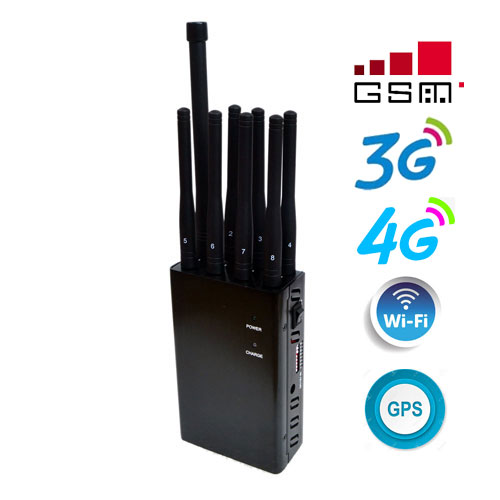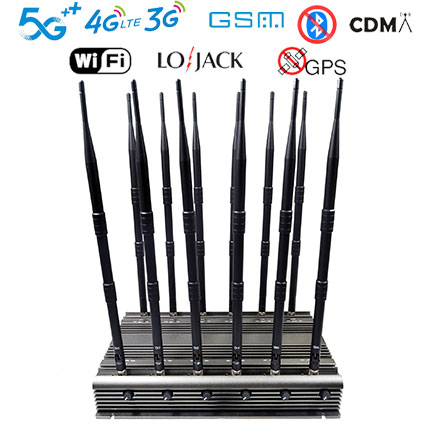One afternoon, an architect jumped up on the train when he heard a woman in her 20s talking with other people on the phone, which he thought was excessive. Architect Andrew said: "He often uses the word'that'. She looks like one of the undecent girls." He refused to reveal his surname because he later did something illegal.
Andrew put his hand in his shirt pocket and pressed a button the size of a cigarette case on a black device. The latter sent a strong radio signal, interrupting the transmission of the young lady’s mobile phone and all other mobile phones within a 30-meter radius.
The architect admitted: “This lady stayed on the phone for more than 30 seconds before realizing that no one was listening on the other end of the phone.” When he found out that he had such power, his reaction was “Heaven What! I am finally free."
As the number of people using mobile phones in public places has soared and they cannot listen to them during conversations, a small but growing group of insurgents is looking for a more drastic solution: cell phone jammer, a device that sends out signals. The transfer of the mobile phone is completely cancelled.

Interference technology is not entirely new. Exporters of jammers from overseas said that the demand for jamming devices is increasing every day, sending more than 100 devices to US federal inspectors every month, which arouses interest in the telephone industry. Consumers include cafe and hair salon owners, hotels, theater operators, bus drivers, and an increasing number of commuters.
This development triggered a battle for airspace control within the airspace. And damage will have side effects. Insensitive speakers impose their voices on the indefensible, so they are forced to endure completely silent voices. Disruptors not only punish those who cause the noise, but also those who make secret calls.
James Katz, director of the Mobile Communications Center at Rutgers University, said: "If there is one thing that defines the 21st century, it must be our inability to control ourselves for the benefit of others." "Those who call think that they have more rights than those around you. Everyone, and those who carry the disruptors think their rights are more important."
The radio signal emitted by the jamming technology is too strong, causing the cell phone signal to be suppressed, and it can no longer communicate with the cell phone tower. The effective range of the jammer ranges from a few centimeters to a few meters, and the equipment costs between 50 and several hundred dollars. Larger devices can be kept to create actual cell phone exclusion zones.

